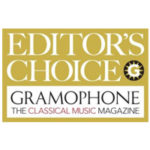
Anyone thinking of Mozart as a performer probably imagines him at a harpsichord or fortepiano. And that is an accurate picture. Mozart was a gifted keyboard player, but not a showman of the keyboard. He detested empty virtuosity. Wolfgang, however, had been trained from his earliest years by his father Leopold as a double talent. He played both harpsichord and violin. The popularity of his sonatas, variation sets, and concerti for the piano has tended to overshadow his violin compositions, but the first sounds that his baby ears received probably came from his father’s violin. Wolfgang heard him tuning the instrument, saw him putting on new strings now and then, playing, rehearsing. And of course he heard Leopold praising his violin and commenting on the music. Until Wolfgang moved to Vienna in 1781, the sound of the violin had accompanied him virtually every day of his life, for Leopold had been with him almost constantly……..
Tracklist
Please note that the below previews are loaded as 44.1 kHz / 16 bit.Total time: 01:18:02
Additional information
| Label | |
|---|---|
| SKU | 23606 |
| Qualities | MP3 Preview, DSD 64 fs, WAV 192 kHz, FLAC 192 kHz, FLAC 96 kHz |
| Channels | 5 Channel Surround Sound, 2ch Stereo, 2ch Stereo & 5ch Surround |
| Artists | |
| Composers | |
| Genres | |
| Original Recording Format | |
| Cables | van den Hul T3 series |
| Digital Converters | Meitner A/D DSD / Meitner DA |
| Mastering Engineer | Jared Sacks |
| Mastering Equipment | B&W 803 diamond series |
| Microphones | Bruel & Kjaer, Schoeps |
| Mixing Board | Rens Heijnis custom design |
| Producer | Jonathan Attwood |
| Recording Engineer | Jared Sacks |
| Recording location | London England 2006 |
| Recording Software | Pyramix bij Merging |
| Speakers | Audiolab, Holland |
| Recording Type & Bit Rate | DSD64 |
| Awards | |
| Instruments | |
| Release Date | May 9, 2014 |
Press reviews
Melbourne Age Newspaper
The highlight of the disc is unexpected: a model Bachian fugue with a chromatic subject in A402.(…) these performances are full of passion and drama
The Times
Forget recent competition in these violin and keyboard sonatas: the honours go to Rachel Podger and Gary Cooper’s series on period instruments. Gut strings and the fortepiano’s dry attack encourage playing with character and snap; but the ultimate delight is the absorption and flair of Podger and Cooper. The music ranges from a kid’s trinkets to the big sweep of K454. The most enjoyable Mozart disc so far this year.
Early Musica
The playing is superlative, as is the give and take between the duo. There is such a difference in the performance sparkle of Mozart when the players come from an understanding of the musical style that preceded him. The recording quality is excellent and the choice of the 1739 Pesarinius fiddle with a copy of a Viennese fortepiano works well, even if it is a Walter and not Mozart’s favourite Stein.
International Record Review
As before, the performances are of an exemplary standard: the nuance of tone and colour that Podger draws from her Pisarinius violin is captivating, and all the times Cooper’s phrasing is careful and subtle. (…) (…) The playing is of the highest order and makes this disc a worthy continuation of this cycle of Mozart’s’ sonatas.
Klassieke Zaken
hier nun geht die Sonne auf!! Mit fundierter Kenntnis, doch ‚ideologiefrei’ leuchtet Podger die Melodiebogen aus, begreift ihre Violinstumme als Gesang. Das Duo bereist Mozarts Ideenkosmos mit faszinierender Spielfreude (…) Sächsische Zeitung Met Podger en Cooper volg je de ontwikkelingen van de componist op de voet: van een allervroegste proeve van een 7 jarig jongetje (KV 8) tot de volwassen werken uit zijn Weense periode (…) (…) De musici verwoorden de taal van de componist op een aanstekelijke manier. Beide musici gebruiken de ervaring die ze hebben in het ‘oude muziek’ circuit. Voeg hierbij hun enthousiasme en je krijgt een cd die geen moment verveelt.
Luister
Expressief spel, heldere articulatie, natuurlijke fraseringen en een ideaal ‘geven en nemen’ partnerschap tussen pianist en violiste. (…) (…) De musici zetten een maatstaf voor uitvoeringen op authentiek geschoolde leest.
Klassik.com
Detailreich und elegant. (…) Besonders in der großartigen Es-Dur) Sonate KV 380 kosten die beiden Musiker ihr Wechselspiel bis in die kleinsten Nuancen aus und stellen so gerade des ausgedehnten langsamen Mittelsatz in einem Seiten zu hörenden, stimmungsvollen Farbenreichtum dar. (…)
Pianowereld
Wederom een uitermate inspirerende techniek voor ieder die deze muziek liefheeft. Pianowereld In mooie, vloeiende bewegingen bloeien de melodieën op, waarbij de klank van het oude instrumentarium uitsluitend wordt aangewend om de tinten te verfijnen, terwijl de wederwaardigheden van de authentieke uitvoeringspraktijk doelgericht, maar nergens dogmatisch worden toegepast. Eenvoud, welsprekendheid en ‘Spielfreude’ zijn hier de sleutelwoorden. En zo onschuldig komen niet alleen de beroemde sonates KV 454 & KV 380 binnen, maar begint zelfs een quasi-speels niemendalletje als de blijmoedige sonate KV 28 uitermate aanstekelijk te werken. Mozart in het middelpunt dus, puur en zonder opsmuk. Met een transparante, rijke opnametechniek wederom een uitermate inspirerende aankoop voor ieder die deze muziek liefheeft.
Only logged in customers who have purchased this product may leave a review.
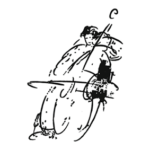
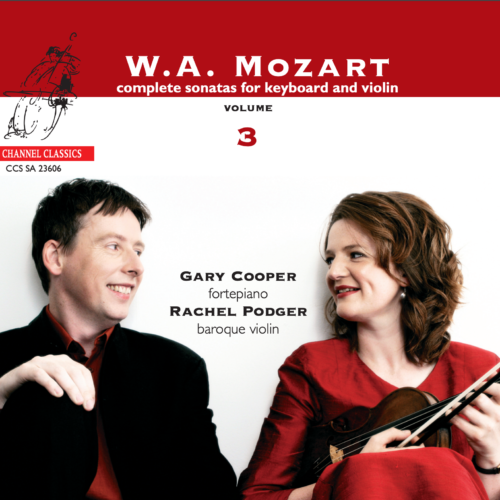


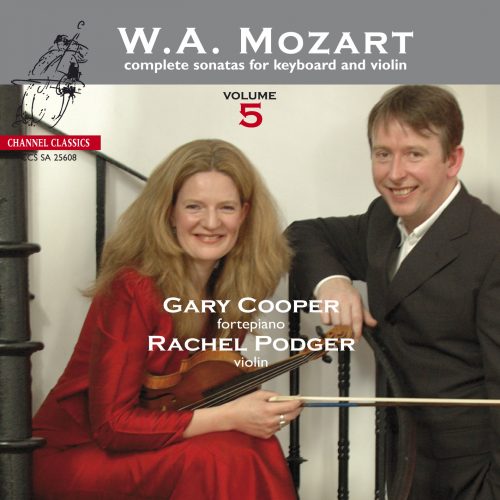
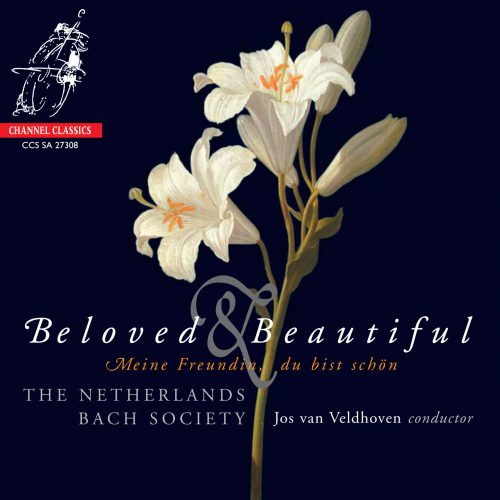
Reviews
There are no reviews yet.